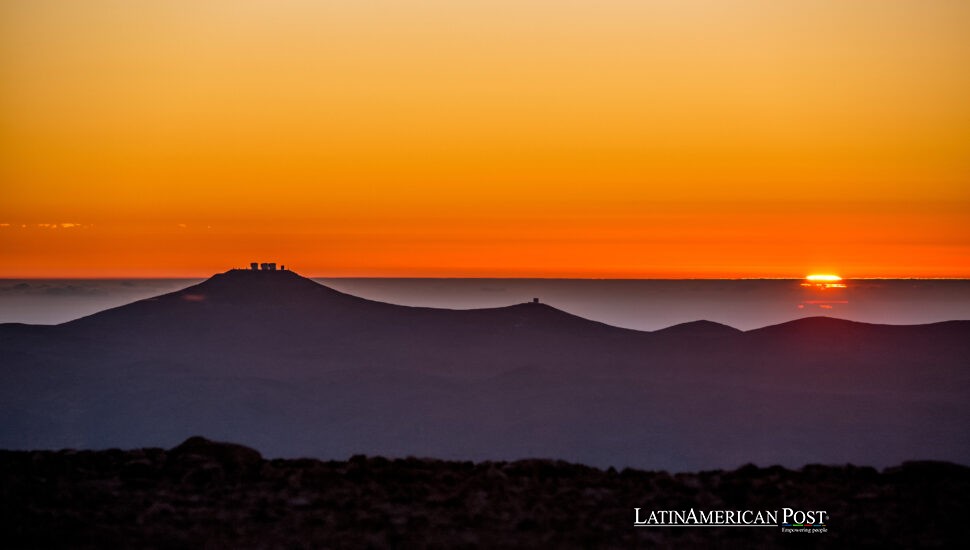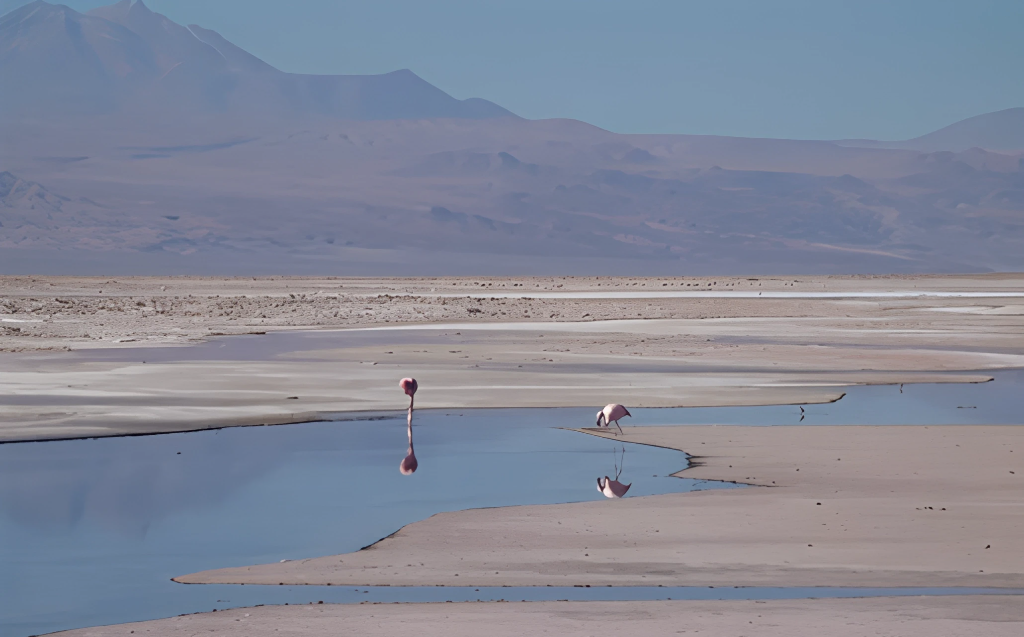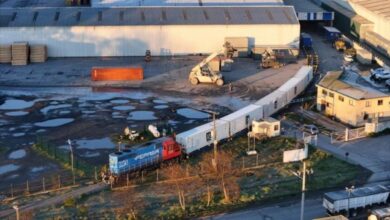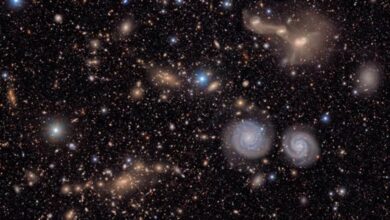As the World Goes Green, Chile’s Atacama Desert Watches Its Water—and Future—Vanish

In Chile’s Atacama Desert, lithium powers the planet’s green transition, but at a growing cost. As ponds expand and springs collapse, herders, biologists, and Indigenous leaders fear the land they love is being traded away—drop by drop—for someone else’s future.
When a Wetland Becomes a Memory
In the high desert town of Peine, Raquel Celina Rodríguez walks across cracked earth she once knew as a meadow. A generation ago, the Vega de Peine teemed with grass so thick “you couldn’t see the llamas,” she told BBC reporters. Now, those same pastures lie under swirling dust.
The shift began slowly—there was less rain and shorter wet seasons. But locals say the real rupture came with the arrival of lithium companies. Brine pumped from underground aquifers feeds vast evaporation ponds, shimmering in blue and green hues, promising to power the world’s electric cars and solar batteries.
Chile holds one of the world’s largest lithium reserves, tucked beneath the Salar de Atacama. As global demand surged—more than doubling in three years—Chile, the world’s second-largest producer, pledged to boost output by 70 percent by 2030.
But that growth comes at a cost. “They drink the final drops,” Rodríguez said. She now herds a smaller flock past yellow grass tufts and the sinkholes where natural springs once bubbled.
The Atacama is shifting—from a working landscape to a cautionary tale.
Flamingos Fade as the Desert Recedes
In the Los Flamencos National Reserve, biologist Faviola González watches the changes with a notebook in hand—and growing dread. For two decades, she’s tracked flamingo reproduction in the area’s shrinking lagoons.
“The water is disappearing,” she said. “And when it goes, so does everything else.”
Flamingos aren’t just symbols—they’re ecological sentinels. They feed on tiny invertebrates and algae, and are sensitive to rising salinity levels. As lithium pumping lowers groundwater tables, those food sources vanish. In 2021, a brief pause in pumping led to the first flamingo hatchlings in 14 years—a moment González calls “a warning disguised as hope.”
To the Lickanantay people, flamingos are sacred, dubbed “the pink guardians of water.” When the chicks don’t come, elders say the balance has broken.
González has logged other declines: algarrobo trees dying, vicuñas foraging further from home, and even Andean foxes creeping into villages, confused by the drought-altered food web.
“The rain hasn’t changed,” she said. “But the brine pumping has. And now everything else is following.”

Wikipedia
Technology Promised, Trust Withheld
Mining companies say they hear the concerns. SQM, one of the industry’s most prominent players, along with Codelco, recently secured approval to extract 2.5 million metric tons of lithium annually through 2060. They promise to do it cleaner.
In Antofagasta, SQM’s sustainability chief, Valentín Barrera, showed BBC reporters around a pilot plant testing direct lithium extraction. This method could cut water loss in half by 2031 by re-injecting brine into the ground.
“We can raise production and reduce impact,” Barrera said. “We understand what’s at stake.”
But in Peine, leaders like Sergio Cubillos aren’t convinced.
“They make decisions in Santiago,” Cubillos said. “Very far from thirst.”
Peine has already replaced its water and electrical grids to cope with shortages. Locals say they weren’t asked about new extraction methods—they were informed of them.
Even with promises of higher royalties and “ongoing dialogue,” trust is running dry.
Sara Plaza, another herder, welled up when asked about the tradeoffs: “The companies give us some money, sure. But I’d trade every peso to drink from the old spring again.”
To them, the new technology may be a miracle—or another experiment conducted on land too fragile to survive a second mistake.
A Green Revolution with a Gray Cost
From Washington to Brussels, lithium is hailed as a climate savior—a crucial component in reducing global carbon emissions. The International Energy Agency predicts that lithium demand will reach 900,000 tons by 2040, driven primarily by the growth of electric vehicles.
But what happens when the cure damages the patient?
Karen Smith Stegen, a German political scientist, told the BBC that while lithium extraction offers environmental benefits on paper, its real-world impact depends on the community it touches. “Every mine carries risk,” she said. “And companies must prove they’re not draining people dry.”
Back in Santiago, consultant Daniel Jimenez calls some of the environmental concerns “exaggerated,” suggesting they’re amplified by communities seeking compensation. However, even he admits that jobs and royalties rarely compensate for cultural loss.
“Housing gets more expensive. Grazing lands shrink. Sacred birds vanish,” Stegen said. “That’s not just science. That’s grief.”
González, the biologist, feels the weight of that contradiction. “Our carbon footprint is tiny,” she said. “But our water is taken.”
She supports renewable energy. She understands the urgency. But she questions why her corner of the desert must bear the weight of emissions made a world away.
Back in Peine, Rodríguez stares across a plain once animated by streams. “Maybe mining ends when the lithium ends,” she says. “But what will be left for our grandchildren?”
No one in Santiago or Brussels has answered her yet. The pumps still run, the ponds still shimmer, and the flamingo nests sit empty.
Chile’s lithium is helping the world move toward electric cars, greener grids, and climate targets.
But in the Salar de Atacama, the cost is carved into the land itself—measured not just in liters lost, but in memories that can no longer be relived.
Also Read: Cuba’s Unseen Crisis: As Poverty Deepens, the Government Renames It and Struggles to Respond
Credits: Based on reporting by BBC and interviews with Raquel Celina Rodríguez, Faviola González, Sergio Cubillos, Sara Plaza, and Karen Smith Stegen; economic projections from the International Energy Agency; environmental context from the Los Flamencos National Reserve and Chile’s Ministry of Mining.





